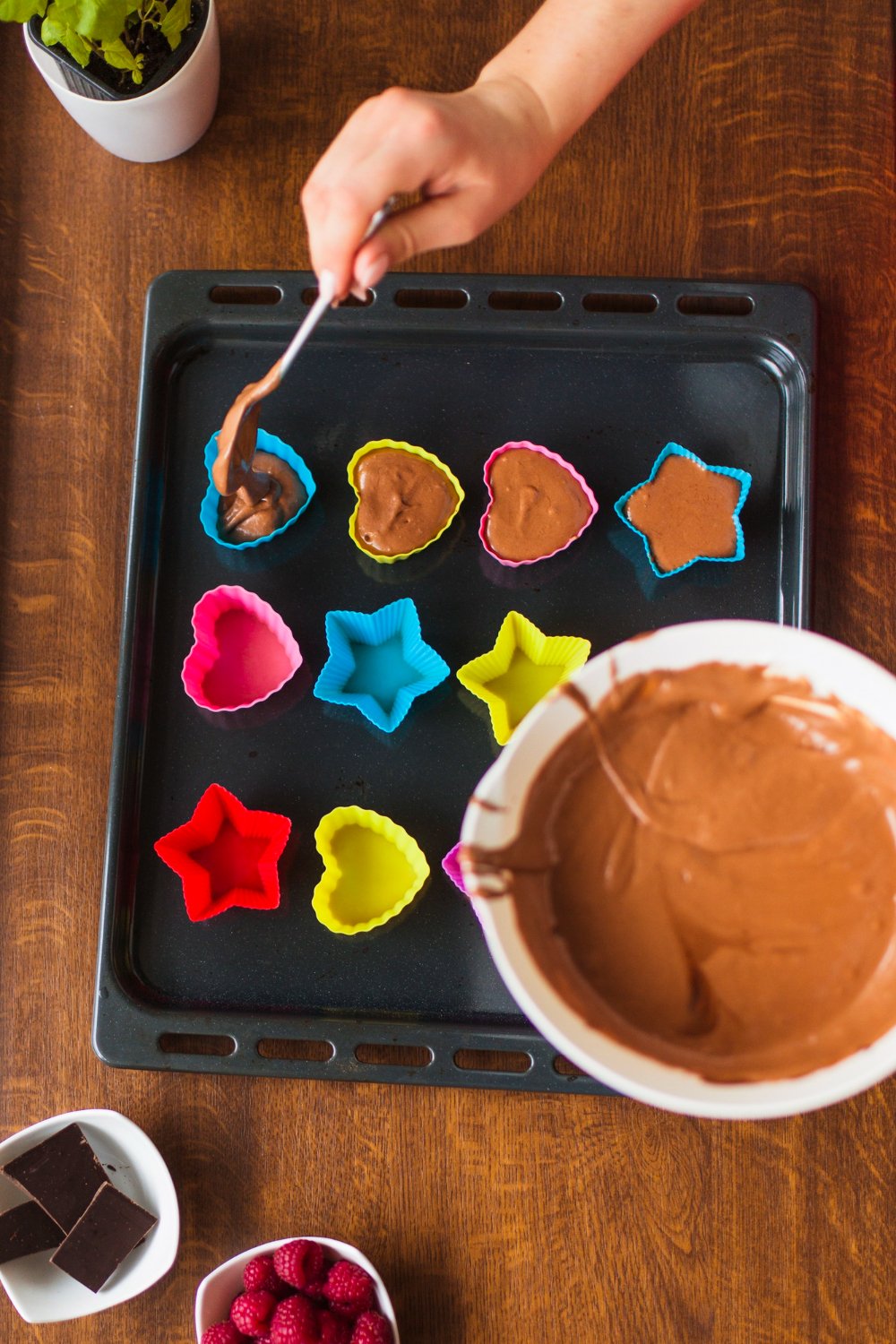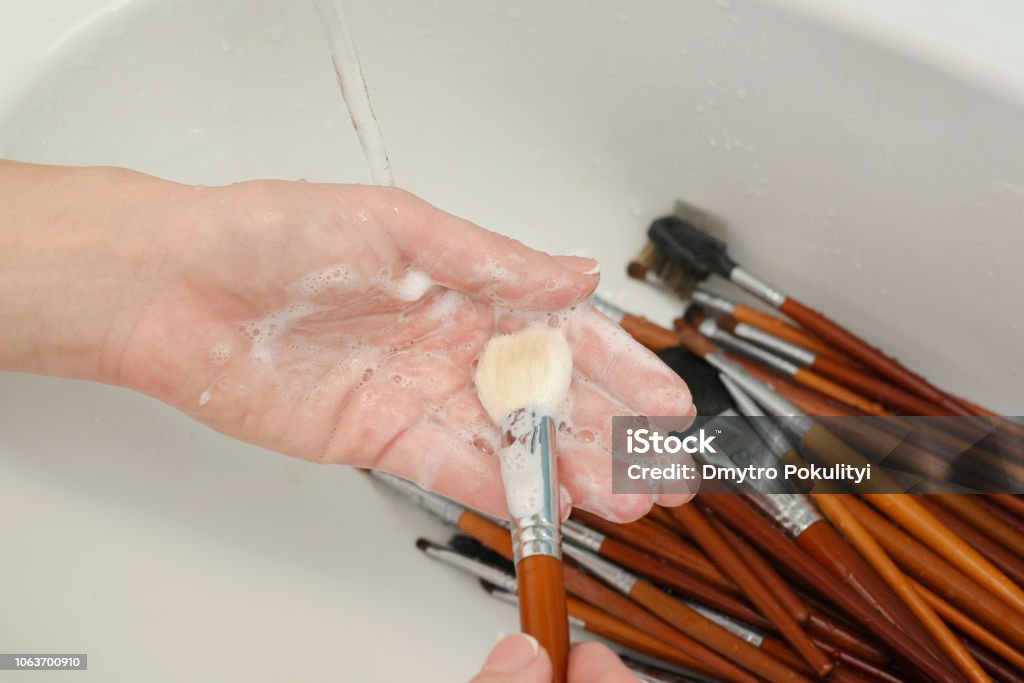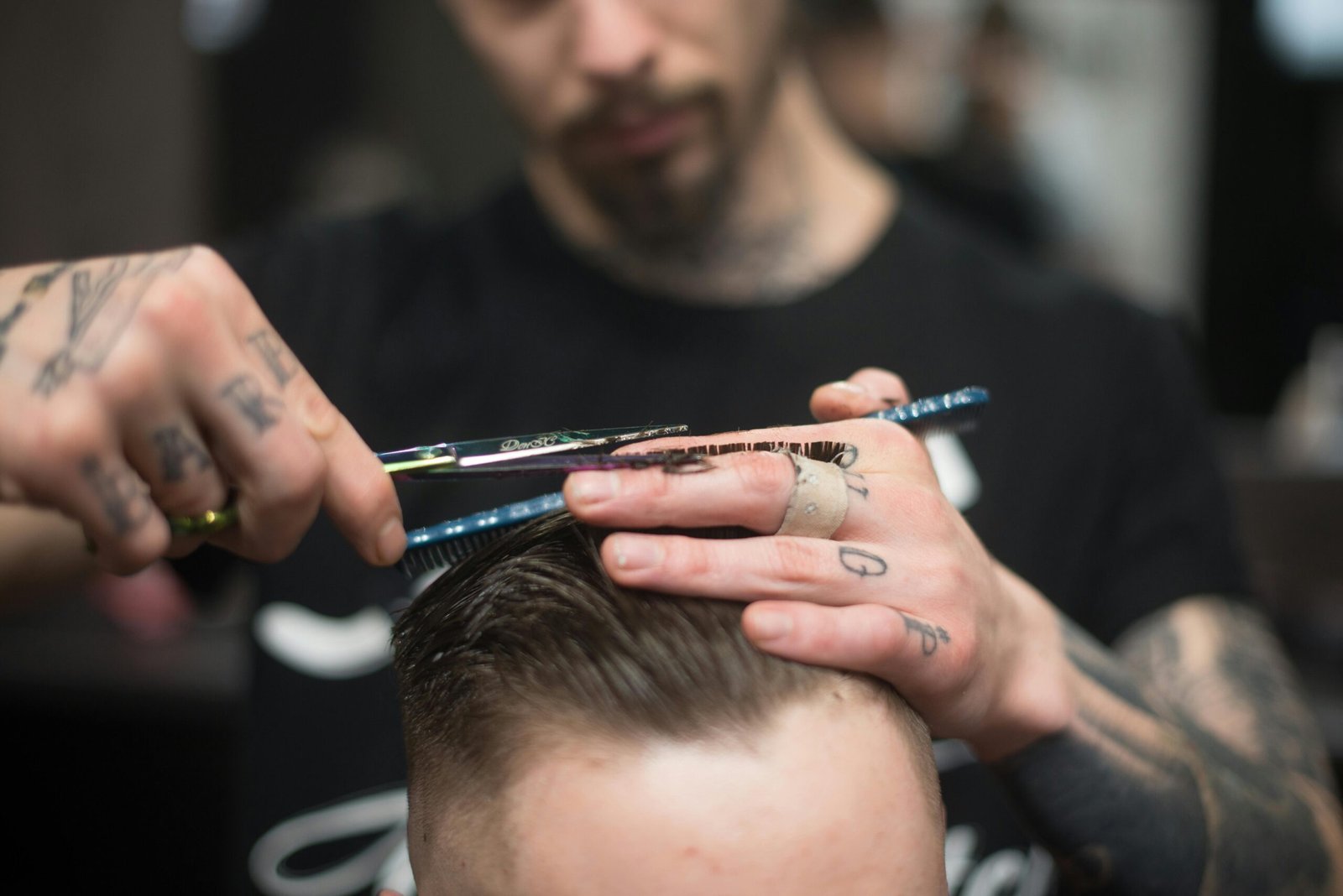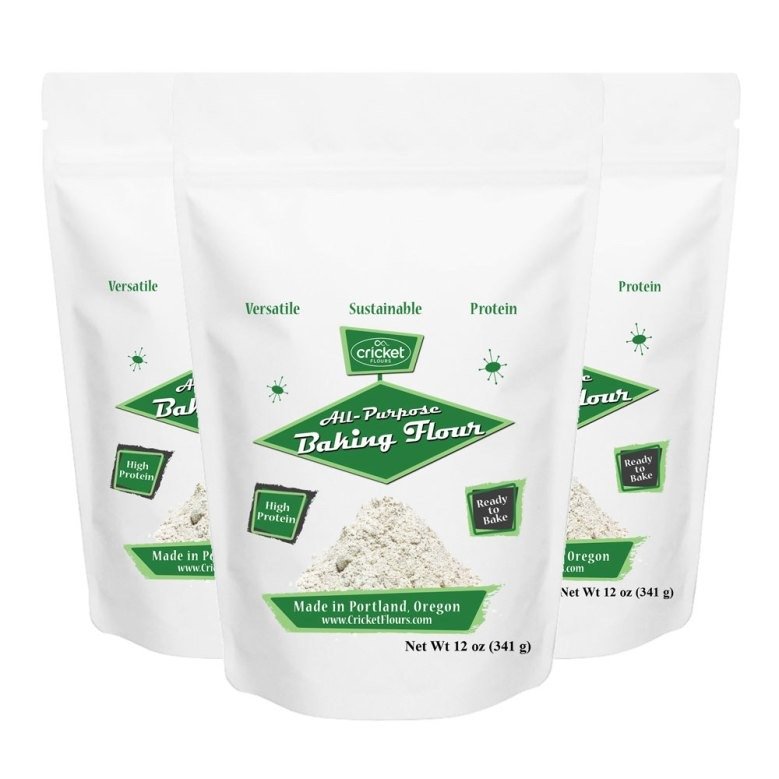
How to Make Brown with Food Coloring
Introduction
How to Make Brown with Food Coloring? Color plays a significant role in our lives, affecting our moods, perceptions, and even appetites. Whether you’re a culinary enthusiast or an aspiring artist, understanding how to mix colors effectively opens up a world of creative possibilities. In this guide, we’ll explore the art of making brown using food coloring, a skill that can enhance your culinary creations and artistic endeavors.
Understanding the Basics of Color Mixing
How to Make Brown with Food Coloring? Before delving into the specifics of creating brown, it’s essential to grasp the fundamentals of color theory. Colors are typically classified into three categories: primary, secondary, and tertiary. Primary colors, such as red, blue, and yellow, are the building blocks of all other colors. When primary colors are combined, they produce secondary colors like green, purple, and orange.
What is Brown?
Brown is a versatile and earthy hue that adds warmth and depth to various dishes and artistic compositions. Unlike primary and secondary colors, brown is considered a tertiary color, as it is created by mixing primary colors in specific proportions. Understanding the principles of color mixing is crucial for achieving the perfect shade of brown.
Using Food Coloring to Make Brown
Food coloring comes in various forms, including liquid, gel, and powder. While liquid food coloring is readily available and easy to use, gel and powder forms offer concentrated pigments that yield more vibrant colors. To create brown using food coloring, one must combine primary colors strategically. Mixing equal parts of red, blue, and yellow food coloring will result in a rich brown hue.
Tips for Achieving the Perfect Shade of Brown
How to Make Brown with Food Coloring: Achieving the perfect shade of brown requires careful attention to proportions and hues. Start by adding small amounts of each primary color and gradually adjust the ratios until the desired shade is achieved. Keep in mind that the intensity of the brown can be adjusted by varying the amounts of primary colors used.
Applications of Brown Food Coloring
Brown food coloring finds applications in both culinary and artistic fields. In the culinary world, brown food coloring is commonly used to enhance the appearance of baked goods, sauces, and confections. Artists also utilize brown food coloring to add depth and realism to their paintings and sculptures.
Natural Alternatives to Food Coloring for Brown
For those seeking natural alternatives to commercial food coloring, ingredients like cocoa powder, coffee, and caramel can be used to achieve brown hues. Not only do these natural alternatives offer earthy tones, but they also provide additional flavor and nutritional benefits to dishes.
Common Mistakes to Avoid
How to Make Brown with Food Coloring: When working with food coloring, it’s essential to avoid common mistakes that can affect the quality of your creations. Overmixing colors can result in muddy or dull shades of brown, while using expired food coloring may produce inconsistent results.
Troubleshooting Tips
If you find yourself with an undesired shade of brown, don’t panic. Adjusting the color intensity is possible by adding more of the primary colors in small increments until the desired hue is achieved. Additionally, experimenting with different combinations of primary colors can yield unique shades of brown.
Safety Precautions
While food coloring is generally safe to use, it’s essential to handle it with care and follow safety guidelines. Avoid contact with skin and eyes, and always store food coloring in a cool, dry place away from direct sunlight.
Creative Ways to Use Brown Food Coloring
How to Make Brown with Food Coloring: In addition to traditional culinary applications, brown food coloring can be used creatively in various ways. From decorating baked goods to crafting projects, the possibilities are endless. Experiment with different techniques and let your imagination run wild.
Experimenting with Different Shades
Don’t be afraid to experiment with different combinations of primary colors to create custom shades of brown. Mixing complementary colors like red and green or blue and orange can result in unique and dynamic hues that add depth and visual interest to your creations.
Brown Food Coloring in Various Cuisines
How to Make Brown with Food Coloring: Brown food coloring is a staple in many cuisines around the world, where it is used to impart rich flavors and appetizing appearances to dishes. From savory stews to decadent desserts, brown food coloring plays a crucial role in enhancing the culinary experience.
Conclusion: How to Make Brown with Food Coloring
Learning how to make brown with food coloring is a valuable skill for both culinary enthusiasts and artists alike. By understanding the principles of color mixing and experimenting with different techniques, you can unlock endless possibilities for creative expression. Whether you’re baking a batch of cookies or painting a masterpiece, brown food coloring adds richness and warmth to your creations.
Frequently Asked Questions
Q1: Can I use gel food coloring to make brown?
A1: Gel food coloring can indeed be used to make brown, but it may require adjusting the proportions slightly due to its concentrated nature.
Q2: How can I darken brown food coloring?
A2: To darken brown food coloring, simply add more of the primary colors—red, blue, and yellow—until the desired shade is achieved.
Q3: Can I mix food coloring with other liquids besides water?
A3: While water is commonly used as a diluent for food coloring, other liquids such as milk or alcohol can also be used, depending on the desired application.
Q4: Are there any natural ways to lighten brown food coloring?
A4: Lemon juice or vinegar can be used to lighten brown food coloring, but be cautious not to alter the flavor of the dish.
Q5: Can brown food coloring be used in savory dishes?
A5: Yes, brown food coloring can be used in savory dishes to enhance their appearance and deepen their flavors, especially in sauces and gravies.
See More










